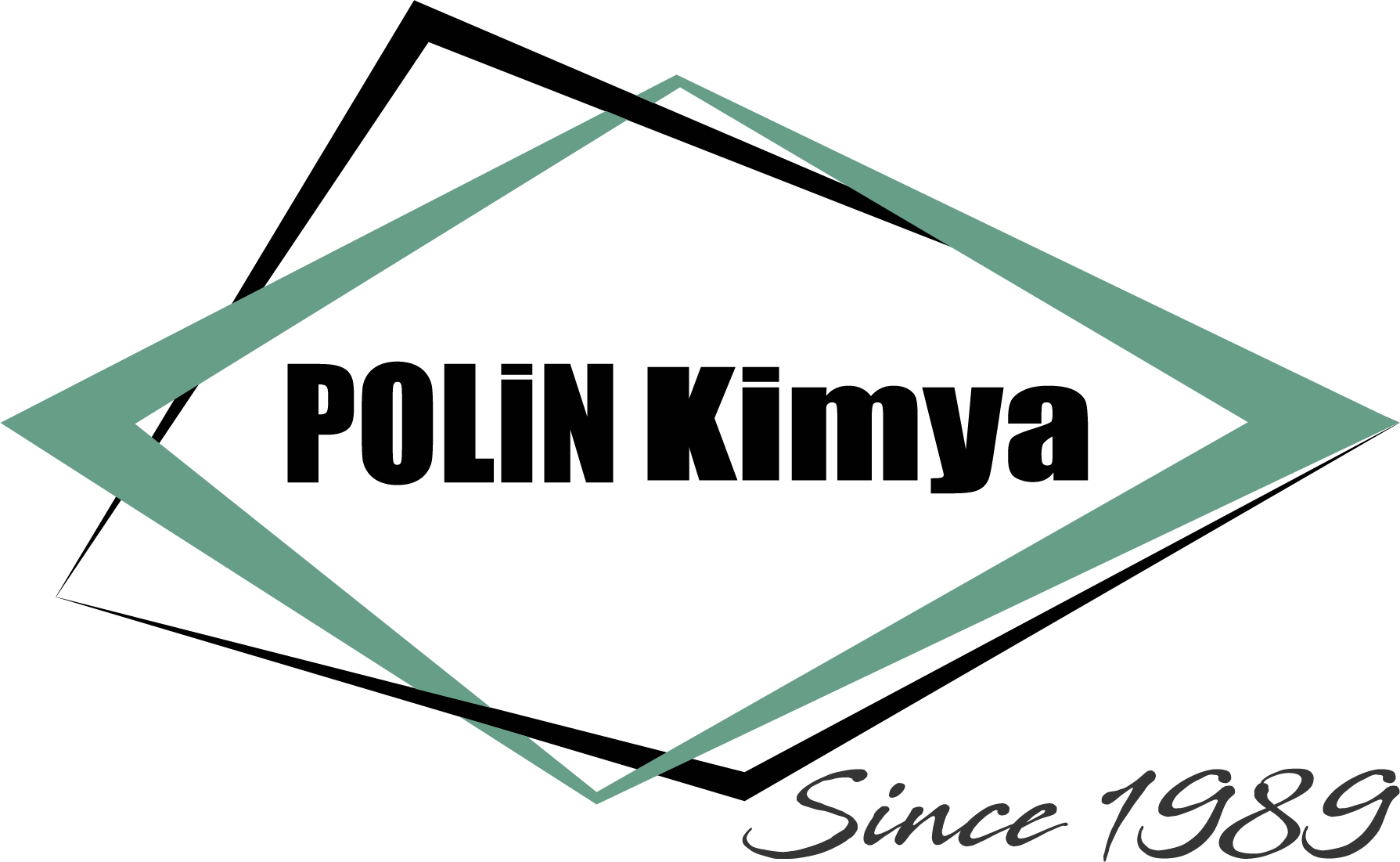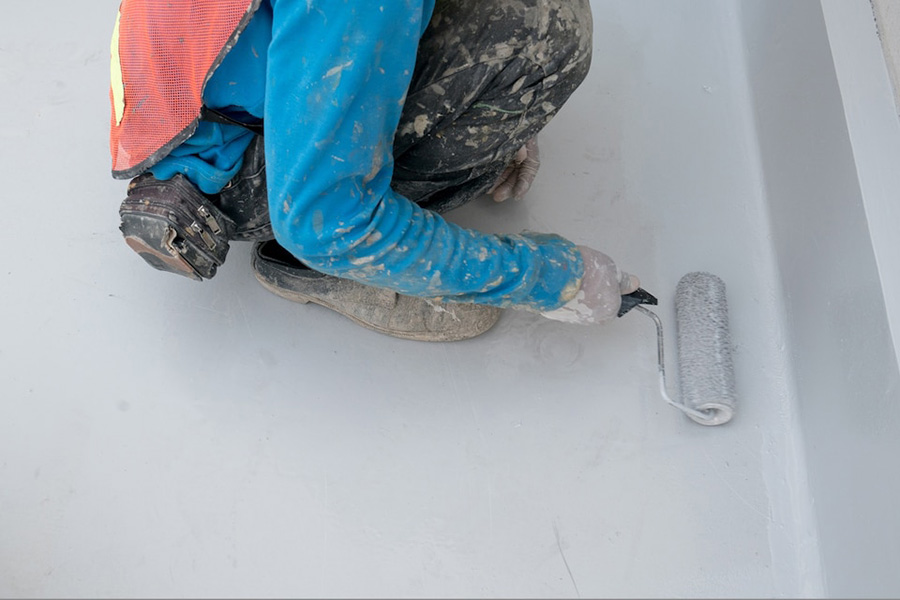Waterproofing is a critical element for the durability and longevity of buildings. Liquid membrane products that provide impeccable waterproofing are widely used in the construction and building sector. Liquid membrane is a polymer material that offers a reliable solution for waterproofing, making structures resistant to water.
Liquid membranes, also known as liquid waterproofing, are preferred in the construction and building sector due to their effective and reliable solution for waterproofing. Liquid membranes provide UV resistance for structures in addition to waterproofing, thanks to their flexible and durable structure. With the application of liquid membranes, buildings can be used healthily for many years.
What is Liquid Membrane?
A waterproof liquid membrane is obtained by mixing liquid polymers based on polyurethane with materials such as bitumen, rubber, acrylic, and cement in specific proportions. Liquid membrane, in its liquid form, is a polymer-based waterproofing material that can create a suitable layer on the applied surface. These materials are applied to surfaces using special application equipment, and after drying, they create a durable, flexible, and high-integrity waterproofing layer.
Liquid membranes are produced by mixing semi-fluid, bitumen, and acrylic raw materials with substances such as resin, rubber, or fibers. Liquid membranes are practically applied to provide waterproofing in buildings and stand out with their resistance to potential aggressive external factors.
What Are the Characteristics of Liquid Membranes?
Liquid membranes, which are commonly preferred in the construction and building sector, are also used for pool linings, water tank insulation, and roof-terrace coatings. Transparent liquid membrane products are one of the types of liquid membranes chosen for ceramic or sub-surface insulation. The characteristics of liquid membranes that provide waterproofing for buildings and structures can be listed as follows:
- Liquid membranes can adapt to the shape and structure of the applied surface. Their flexibility prevents the formation of cracks, providing resistance against movements on the surface.
- They prevent the penetration of water on the applied surface, protecting the structures from water. They create a waterproof barrier with a homogeneous layer on the surface.
- They can be applied conveniently and quickly during the application phase. They can be applied using special equipment such as a brush or roller, and they dry quickly.
- Liquid membranes can be easily used on different surfaces such as concrete, metal, and wood.
- Liquid membrane products are durable and long-lasting, resistant to weather conditions, chemicals, and wear and tear. This allows them to be used healthily for an extended period.
- Liquid membrane materials are generally environmentally friendly and solvent-free. With these features, they do not harm the environment or human health.






